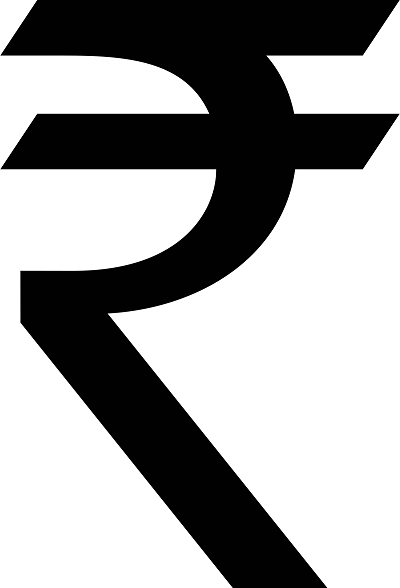What is the full form of INR?
-
What is the full form of INR?
-
The full form of INR is Indian Rupee. INR is the official currency of India. Reserve bank of India (RBI) controlled and issued Indian rupees. RBI manages currency flow in India on the basis of Reserve bank of India Act,1934
Rupee is divided into Paisa. 1 Rupee =100 Paisa
The Indian Rupees are available in Notes and coins. Coin available in denominations of 1, 2, 5, 10 rupees coins and Notes denominations is 1, 2, 5, 10, 20, 50, 100,200, 500, 1000, 2000.
History of Indian Rupees
Indian rupees was introduced in Ancient India in the 6th century BCE, ancient India is one who issues coins in the world.
Between 1540 to 1545 Sultan Sher Shah Suri issues silver coin which was termed as rupiya.
Indian rupees notes were first introduced in 30th November 1917 under British rule. The first denomination is One rupee note.
In the 2010 Indian rupee symbol, ₹ is adopted by the Indian government. The symbol was designed by D. Udaya Kumar and it is derived from Devanagari consonant "₹".
On 8 November 2016 Government of India taken a historic decision to demonetize old note of ₹ 500 and
₹ 1,000 with effect from midnight of the same day.
On 16 November 2010, the government of India introduced redesigned ₹ 500 with the addition of ₹ 2000.
On 25 August 2017 ₹ 200 added in Indian currency.





